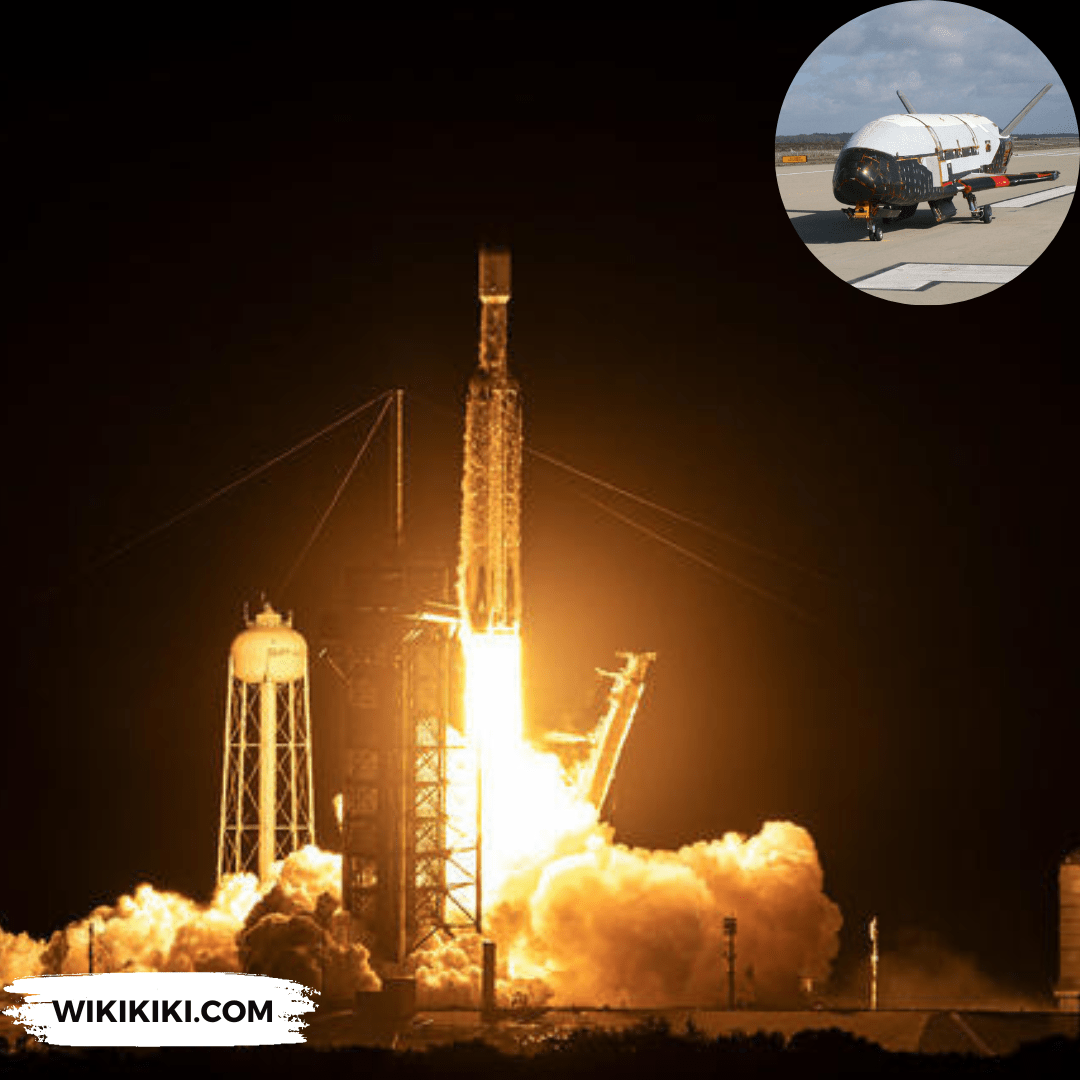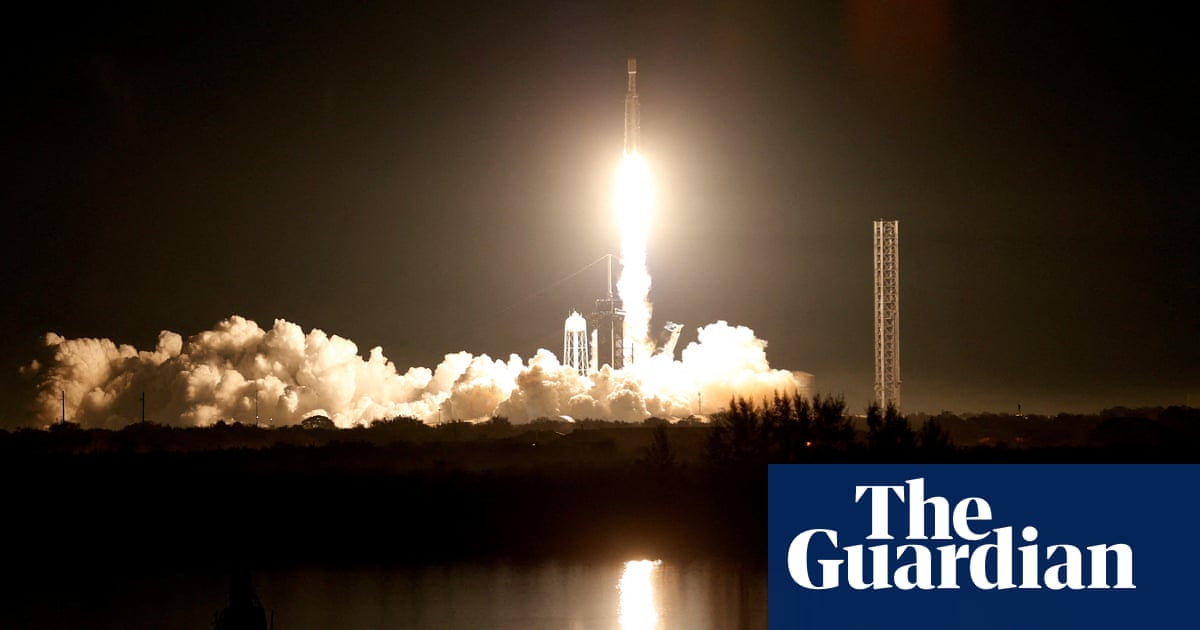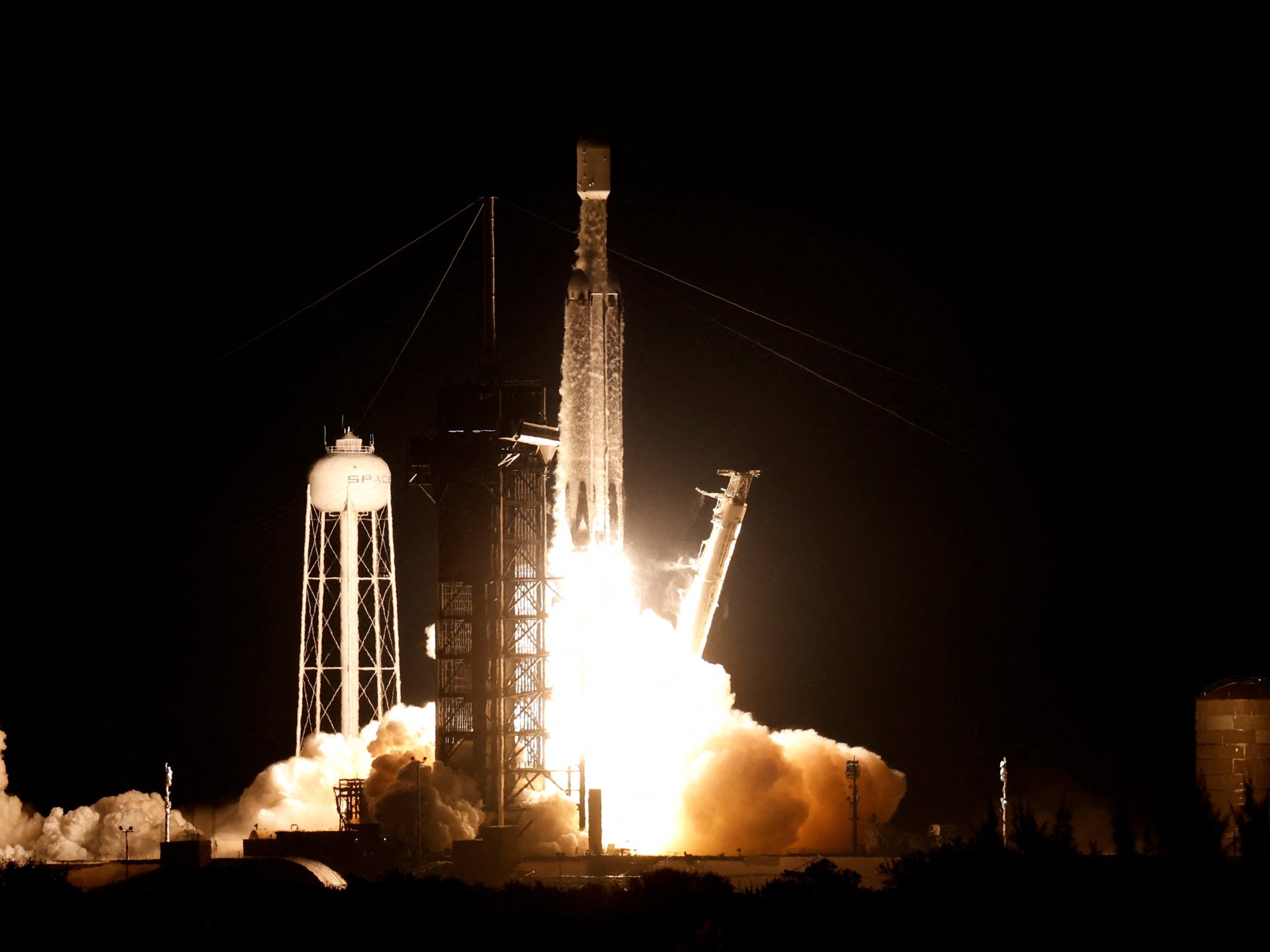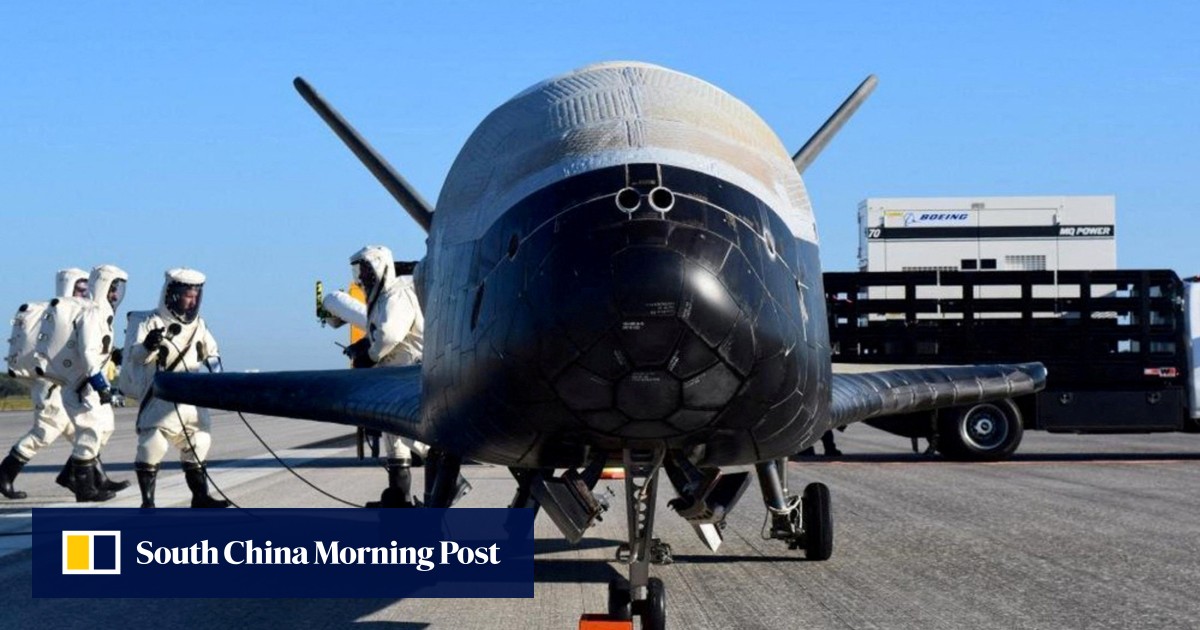The U.S. military’s X-37B robotic spaceplane is on its seventh secretive mission, propelled by SpaceX’s Falcon Heavy rocket from NASA’s Kennedy Space Center in Florida.
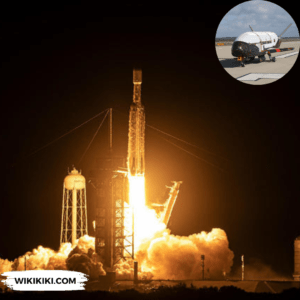
Also Read: China’s Ocean Drilling Ship Mengxiang to be First to Reach Earth’s Mantle
The X-37B’s liftoff from NASA’s Kennedy Space Center in Florida a historic moment, being the first time the spaceplane has been launched atop the powerful SpaceX Falcon Heavy rocket.
The launch, initially scheduled for December 7, experienced delays due to technical issues, including weather constraints and technical challenges.
The Falcon Heavy, composed of three rocket cores strapped together, is the second-most powerful rocket currently in operation, following NASA’s Space Launch System.
It is for its capability to deliver payloads to higher orbits, a feature that played a role in this mission. The X-37B, resembling a mini space shuttle, is about the size of a small bus, measuring 29 feet in length. Unlike traditional shuttles, the X-37B is unmanned and features an autonomous landing system.
The Pentagon has maintained a veil of secrecy around the X-37B’s mission details. Conducted by the US Space Force under the military’s National Security Space Launch program, this mission is anticipated to last for an extended period, until June 2026 or later.
Also Read: HD110067: Astronomers Discover Six-Planet Solar System
The statement from the Air Force Rapid Capabilities Office revealed that the mission involves tests of new orbital regimes and experimentation with future space domain awareness technologies.
The X-37B is carrying an experiment for NASA. This experiment to study how plant seeds are affected by prolonged exposure to the harsh radiation environment in space.
The outcome of this research bears for future space missions, especially those with extended durations, such as missions to the moon and Mars.
Just two weeks prior, China launched its own robot spaceplane, known as Shenlong, on its third mission since 2020.
Space Force General B Chance Saltzman addressed the competitive nature of the US-China space rivalry. He pointed out that the launches of the X-37B and China’s Shenlong spaceplane were closely timed, suggesting an effort to match each other’s advancements.
Also Read: North Korea Claims Successful Launch of Spy Satellite
The X-37B’s journey began in 2010, and this mission makes its seventh flight. Over the years, it has logged more than 10 years in orbit, showcasing its reliability.
The last mission, which concluded in November 2022, held the record for the longest duration, lasting two and a half years.
Each mission has successively surpassed its predecessor in terms of duration, contributing to the spaceplane’s track record.
As the second-most powerful operational rocket, its ability to deliver payloads to higher orbits expands the X-37B’s operational range.
The successful launch and landing of the Falcon Heavy’s boosters show the continued success of SpaceX’s reusability efforts, the 97th launch of 2023 for the company.
Built by Boeing, the X-37B shares visual similarities with NASA’s retired space shuttles but is one-fourth the size. Its design allows it to take off vertically like a rocket and land horizontally like an airplane.
Also Read: Boeing 787 Dreamliner Makes Historic Landing in Antarctica
